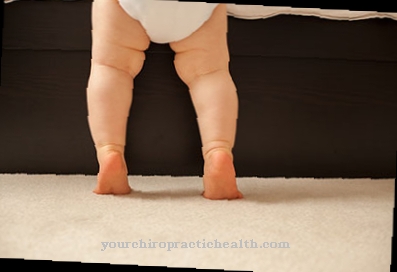The Scoliosis is a disease that has been well researched in its course. Nevertheless, the causes that trigger and can cause scoliosis are currently not understandable in around 80 percent of all those affected. Scoliosis is a disease of the bone substance that mainly affects girls and women.
What is Scoliosis?

In the Scoliosis it is a disease that particularly affects the skeletal system in a concentrated area. The typical changes that are characteristic of scoliosis occur exclusively in the spine.
Since the spine is deformed in the course of scoliosis, that is, its shape is shifted sideways and twisted, scoliosis is known as lateral bending of the spine.
This disease, which is precisely known in medical circles as lateral bending of the axial skeleton, is permanent and irreversible.
causes
The three-dimensional bending during the Scoliosis arises from various causes, not all of which are fully known. Due to the different manifestations of scoliosis, different, non-influenceable triggers can also be among the causers.
Basically, scoliosis also occurs without an understandable cause. This form of scoliosis is typical of the disease that can develop in children and adolescents. It is assumed that individual vertebral bodies are twisted during the individual growth phases and the spinal column shifts as a whole. In adults, scoliosis can be caused by specific previous illnesses.
In addition to prenatal disorders of bone development and irregularities in the metabolism or rickets and vitreous bone disease, scoliosis can also develop. In addition, accidents occur and lower extremities of different lengths also lead to scoliosis.
Symptoms, ailments & signs
The onset of scoliosis does not usually cause any symptoms. Often this is not even recognizable at first. In other cases, a clear curvature of the spine can be seen, but this is mostly only a cosmetic problem.
However, if the disease progresses untreated, a number of other symptoms can develop. In many of those affected, the pathological curvature of the spine is evident to other people. The shoulders are often at different heights. In addition, there is a characteristic crooked posture of the head.
The pelvis of the person affected can also be crooked or protrude clearly on one side. As the disease progresses, what is known as a rib hump develops on the back. This can be seen above all when the person concerned bends over. While affected children and adolescents usually do not have any pain, it becomes more and more common in patients from the third decade of life.
This leads to painful tension in the back muscles, which occur especially after long periods of standing and sitting. The pain radiates to the sides. But they can also affect the neck area or the shoulders. Many sufferers also have headaches. If a particularly pronounced curvature is not treated, symptoms that affect the internal organs such as the heart, lungs and digestive organs can also occur.
Course of disease
A prognosis, like the course of the disease Scoliosis is going to happen, would be beneficial especially in children and adolescents to be able to intervene in time.
Unfortunately, a preliminary vote is not possible due to a lack of knowledge. Scoliosis worsens dramatically in terms of its course, especially when the growth processes are intense. After the onset of menstruation, scoliosis stagnates in the majority of cases.
In both girls and boys, the symptoms of scoliosis no longer worsen due to the completed growth of the skeletal system. Nevertheless, the damage that has occurred up to this point in time remains. Only in a few cases does the scoliosis worsen.
Complications
Scoliosis can have various consequences. These occur mainly after a spinal curvature over many years. The most common complications of scoliosis include premature wear and tear caused by the permanent misalignment of the spine. They mainly affect the vertebral bodies and intervertebral discs.
As a result, those affected often suffer from back pain. There is also the risk of a herniated disc. In addition, the spine can become increasingly rigid. Furthermore, the knee and hip joints are often affected by the curvature of the spine.
Another possible complication due to the crooked spine is shortening of the trunk area. In severe cases, several internal organs shrink as a result. These are primarily the lungs, heart, stomach, intestines and kidneys, which lose their functionality. If the scoliosis is severe, it can lead to an insufficiency of the right heart that can reach life-threatening proportions.
In adulthood, there is a risk that breathing becomes increasingly difficult due to severe scoliosis. So the chest can hardly be moved. The lung volume also decreases. On the side of the curve, there is a risk of overinflation of the lungs, which doctors call emphysema. Because the other side of the lung is only insufficiently ventilated, the lung tissue partially collapses. As a result, further complications such as chronic bronchitis, pneumonia or pleurisy (inflammation of the lung) can occur.
When should you go to the doctor?
Scoliosis is a disease that comes in many different forms. The complaints that patients can lead to the doctor are correspondingly different. In general, a visit to the doctor makes sense if parents notice an abnormal posture in their children. Often they are also informed of this by teachers or sports teachers or the scoliosis is recognized by the pediatrician during the preventive examinations.
It makes sense to see a doctor early, as bone growth has not yet been completed in children and adolescents and severe scoliosis can be avoided in many cases through muscle training. The right contact person is initially the family doctor or pediatrician. He will refer to the orthopedic surgeon if necessary. Sports therapists or physical therapists often help with early treatment.
In addition, going to the doctor is always important when symptoms arise. Back pain or tension are classic in this context, but digestive or breathing problems can also occur due to the malformed shape of the spine. Scoliosis can also irritate nerves that radiate to different parts of the body and cause problems there. The scoliosis should also be re-presented to the doctor if the picture has deteriorated significantly or if there are gait irregularities and dizziness. In children and adolescents, regular monitoring of the clinical picture is important in order to see whether measures to improve posture are successful.
Treatment & Therapy
The forms of treatment for a Scoliosis are diverse and are based on different aspects. Basically, the main focus of therapeutic measures is to have a positive influence on the further development of scoliosis. This mainly refers to increasing curvature.
Depending on the severity of the expression, special therapeutic measures are implemented. If the scoliosis has a curvature of up to 20 °, physiotherapy exercises based on the so-called Lennert-Schroth principle are available. It is necessary to maintain the physiotherapy methods until growth is complete.
From a clearly visible curvature of the spine from 20 °, the physiotherapy expenses are extended by a so-called corset treatment. Corset treatment for scoliosis means that those affected have to wear a specially made support corset. This corset is used to stretch the spine again and straighten it normally in scoliosis. Radiological check-ups are carried out at regular intervals while the corset is being worn.
Scoliosis is severe if the curvature is more than 40 °. In addition to physiotherapeutic and physiotherapeutic exercises in combination with putting on the corset for 22 hours, costly and complicated, but often very successful, surgical interventions are an alternative therapy option can be carried out conservatively in the context of pain management through medication.
You can find your medication here
➔ Medicines for back painprevention
In principle, it can be assumed that the Scoliosis cannot be counteracted prophylactically. The only way to be able to perceive scoliosis in good time is to be well aware of your own body and to consult a doctor for early detection and early start of therapy, both by general doctors and by specialist doctors and surgeons.
Aftercare
Scoliosis is a difficult to treat deformity in the back where the spine can bend in different directions. Whether the disease can be completely remedied and thus cured depends on the case. Follow-up care depends on the possibilities and the underlying disease that may also be causing it. In order to maintain the results as best as possible, it is essential to exercise regularly.
Continuous back training and aqua aerobics as well as appropriate functional training, for example in the fitness studio, are particularly suitable here in order to improve and maintain the results. This is particularly about building and maintaining the back muscles. Another point of follow-up is the regular visit to an orthopedic surgeon, who checks the course and can assess and assess the situation again and again.
The orthopedic surgeon can also issue appropriate regulations for functional training, rehabilitation measures or physiotherapy. What is best for the patient and what is possible in each individual case cannot be specified in general and depends on the judgment of the specialist. However, it is important in follow-up care to maintain the successes and improvements achieved, here it is necessary to remain active and flexible in order to avoid muscle breakdown and the associated pain as much as possible.
You can do that yourself
After the treatment by the specialist, the scoliosis patient can do a variety of exercises at home, which can contain the further course of the disease and improve general well-being despite the disease. Most of these exercises are aimed at strengthening the back and abdominal muscles and supporting the spine. The exercises are intended to help you regain a natural posture pattern. Good progress can be made here, especially in mild cases of the disease.
The basic aim of the exercises is to improve posture. One of the most basic exercises is "Klapp’s creep". The patients "crawl" on their hands and knees in quadruped gait or slide forward by extending their arms and pulling the lower body. This exercise primarily strengthens the core muscles and makes the spine more flexible.
The three-dimensional scoliosis exercise by the therapist Katharina Schroth is also used very frequently. Here the patient stands in front of a mirror and corrects the wrong posture according to sight. The patient should consciously perceive and internalize the posture corrected in this way. The patient should also learn to identify and recognize incorrect postures in the mirror image. In this way, he can react in a controlled manner to his wrong postures in everyday life and take corrective action.
In addition to the aforementioned scoliosis exercises, there are also various approaches in osteopathy and chiropractic.

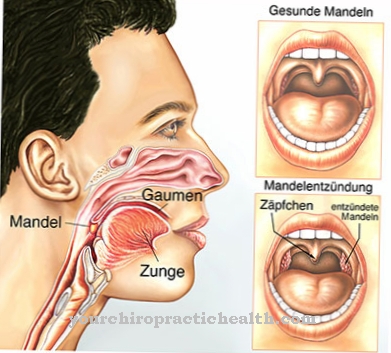
.jpg)
.jpg)

.jpg)
.jpg)






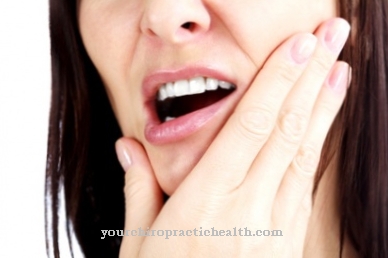



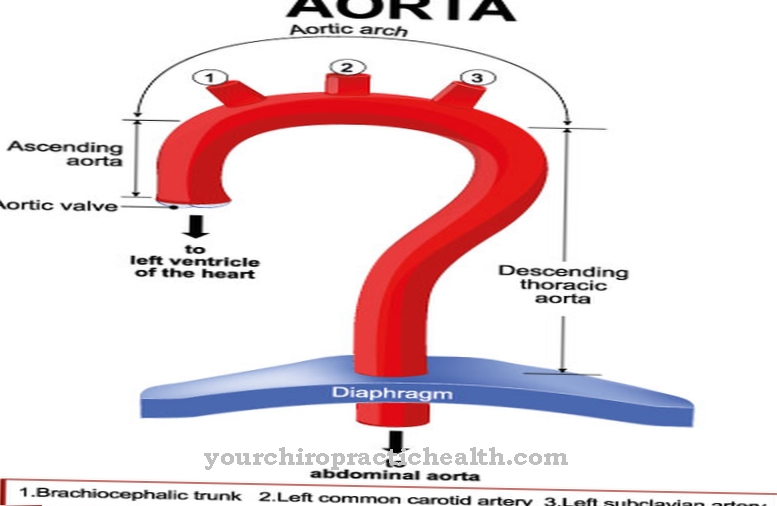

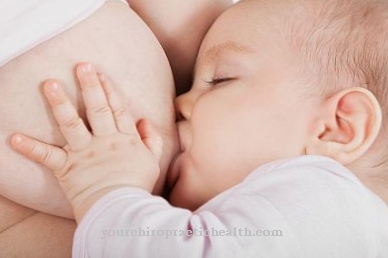
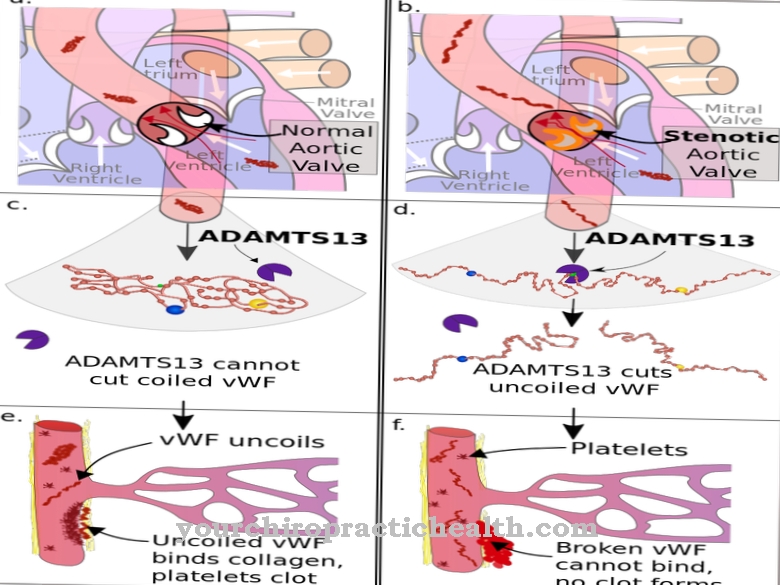
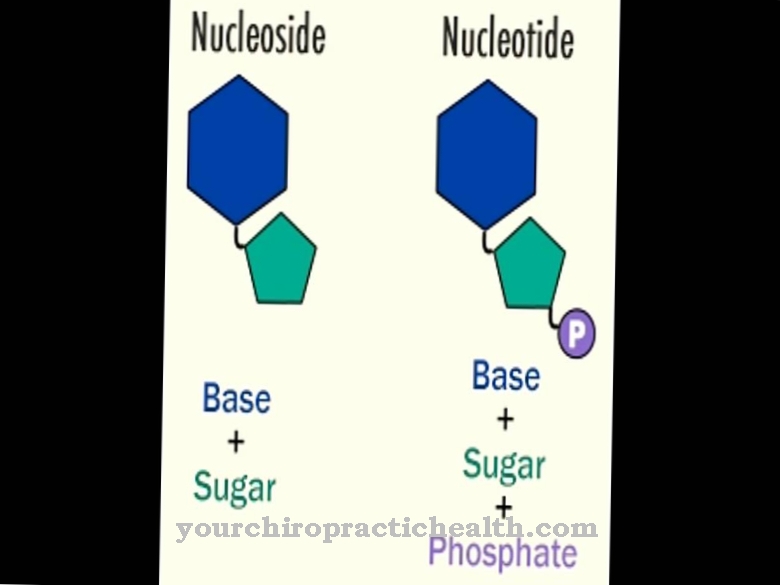
.jpg)

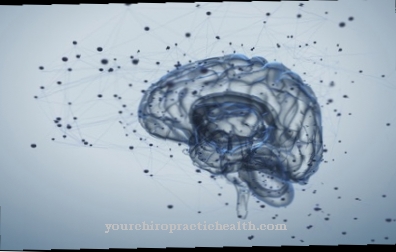
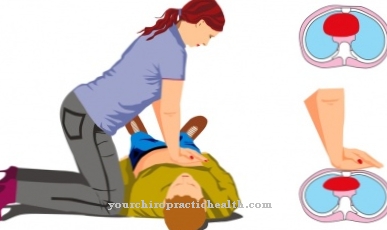

.jpg)
